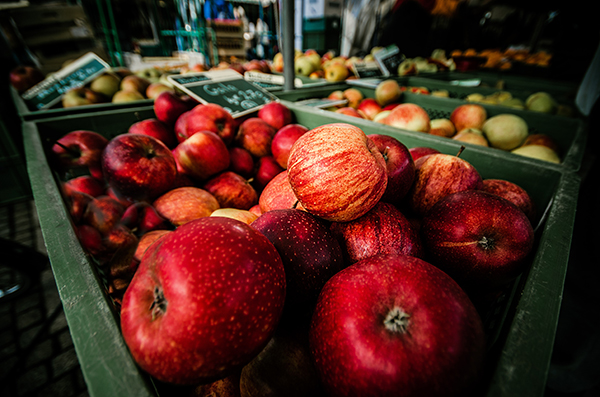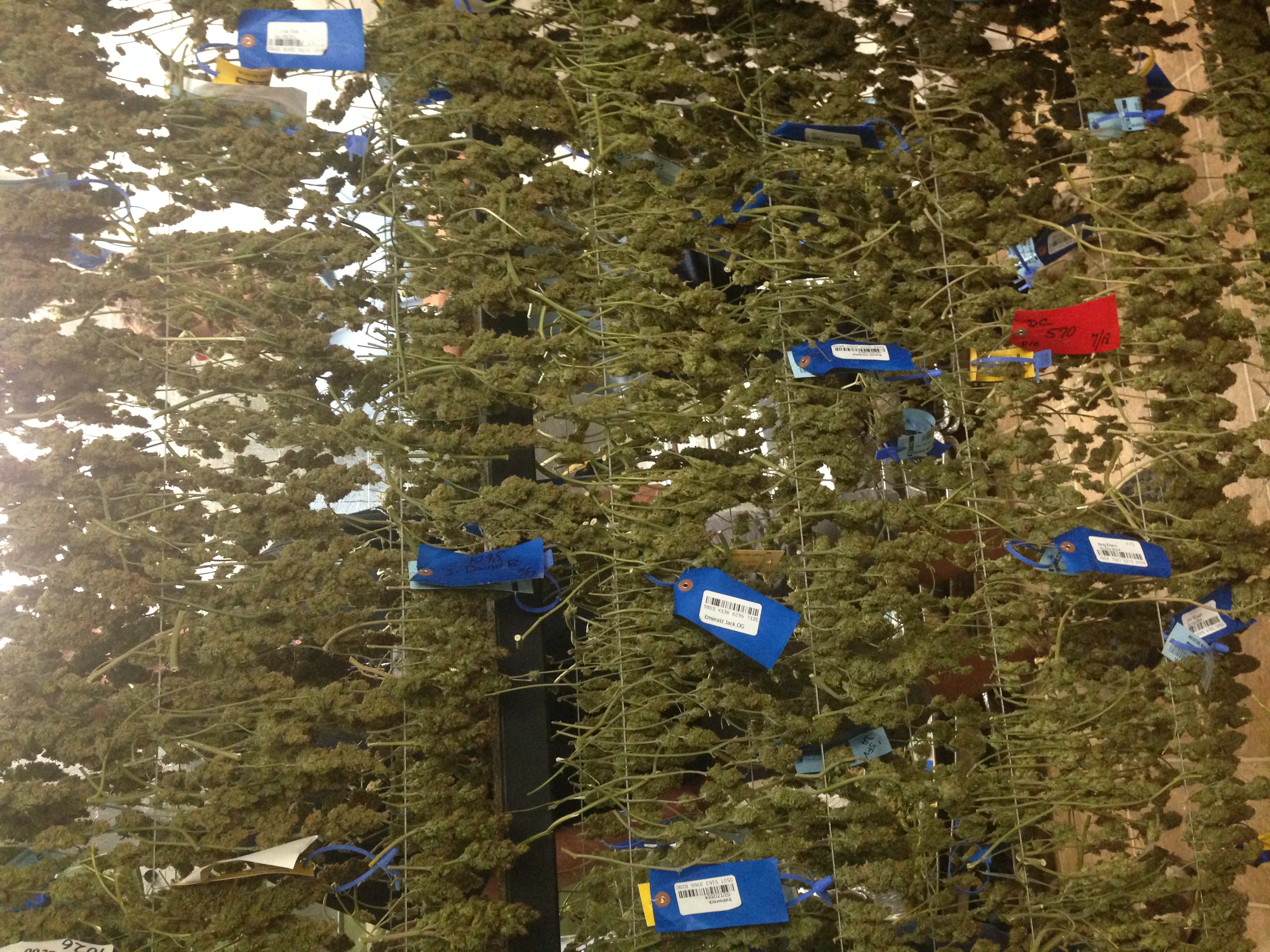I don’t have to tell you that COVID-19 is a crisis, and the consequences have been immediate and difficult. But as I speak to clients and look beyond the immediacy of the problems the food industry is facing, I am seeing positive insights that can help us now and in the future.
Food safety culture hasn’t always been clearly defined, nor has it been a “must” in many food safety systems. But the reality is that food safety culture—and the buy-in that needs to happen in your entire organization—is a direct and important element for staying up to date with new rules and being consistent and compliant at every location.
What Does Food Safety Culture Mean Now?
The definition I have liked most is “food safety culture is what you’re doing when no one is watching.” But with the coronavirus pandemic, everyone is always watching, so the definition must expand.
Customers are carefully watching every employee at every location to gain a feeling of safety and trust at restaurants and eateries. And if employees aren’t up to speed or don’t have buy-in to your food safety culture, or even food safety in general, a single incident can turn away customers for good.
As an example, I recently visited a favorite taco joint. After the cashier rang me up, he put hand sanitizer on his gloves and proceeded to put handfuls of chips into my takeaway bag with those same “sanitized” gloves. I will not be going back.
So, food safety culture is still about what you do when no one is watching and when everyone is watching, making participation from every member of your organization critical.
What Can You Do Now to Enhance Food Safety Culture?
Practices that enhance food safety culture should initiate a shift in perspective before you implement more tangible activities. These shifts will be more challenging because they require your entire organization to be on board.
Perspective Shifts for Food Safety Culture
One or more paradigm shifts may be necessary to make enhancing your food safety culture successful. Sometimes initiatives like food safety culture can feel more like another addition to your to-do list rather than an asset that ultimately makes the job of a quality manager easier. So, consider these suggested shifts as you move forward.
- Food safety culture is part of your food safety system and your corporate social responsibility plans. With any crisis, not just the current pandemic, the values and expectations you instill in your employees can give you an immovable base, even if the surface is in constant fluctuation. And whether you’re dealing with an outbreak or a pandemic, showing you put customers and location employees first demonstrates good corporate citizenship.
- Location employees can be your biggest asset or your biggest liability. Employees perform better when they know the purpose behind what they’re doing rather than following rules that may seem arbitrary if they don’t have a clear understanding of why.
- Punitive systems encourage hiding problems; supportive systems encourage collaboration and trust. If employees feel safe reporting issues or problems at their location, the more likely they’ll catch small issues before they become huge liabilities.
- Food safety culture can be a huge asset. In other words, instead of looking at food safety culture as another chore in your already crowded list, see it as an asset that improves food safety and creates better work environments, which inherently decreases risk and protects your brand.
In-Practice Shifts for Food Safety Culture
The paradigm shifts suggested above help build a support perspective for a strong food safety culture. The following shifts I suggest can help you implement tangible actions that benefit every level of your organization.
- Take great care of location employees. These employees are in direct contact with customers the most, and they are truly your first line of defense. Which means they can be an incredible asset or the weakest link.
- Consider audit and checklist software over laminated or paper checklists. The right software or app can instantly push new policies or standards to every location and employee at the same time, so everyone is always on the same page. Choose software or other tools that 1) makes it easy for all employees to get the information they need; 2) helps them quickly build behaviors that serve your quality and safety programs; and 3) empowers them to confidently share issues that need to be corrected so you get a true view of the health of any location.
- Consider quality management system software. With a platform (there are many that include audit and checklist tools), you can collect data points more quickly and from more sources to create a single source of truth and deepen insights. Software can directly support food safety culture, helping you:
- Find new insights and continually improve your processes
- Systematically rollout new policies and procedures
- Drive adoption of new policies and “build muscle memory” so employees build good habits
- Validate that your policies and practices are followed in every location
- Identify locations or policies that need increased focus while you reward areas of successful performance.
- Look at your organization from a 30,000-foot perspective. This is not so easy to do if you are using manual processes such as paper, file cabinets or even spreadsheets. With those tools, you can see data points, but it takes a lot of work to build a big-picture view. Again, this is where software is invaluable. Many quality management system software options include built-in analytics and reporting, which means much of the work is done for you, saving you valuable time.
I hope your main takeaway from this article is that surviving a crisis requires a strong food safety culture. It helps unify employees across your organization, so everyone knows what’s expected of them and how their work affects the big picture. I see strong evidence that enhancing your food safety culture is more than the “next thing on your to-do list.” It’s a tool that you can put to work to decrease risk, increase compliance, and find small issues before they become huge problems.





















